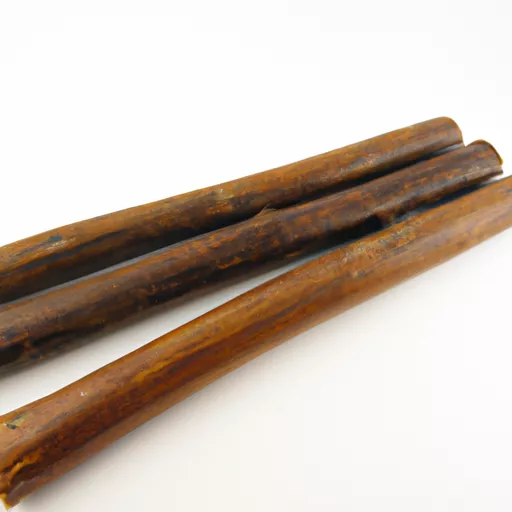
As a cigar enthusiast, I have always been curious about the smaller versions of one of my favorite indulgences – little cigars. These miniature cigars have been gaining popularity in recent years, offering a different smoking experience and a convenient alternative to traditional cigars. In this article, I will delve into the world of little cigars, exploring their history, types, and why they are worth a try.
First, let’s talk about what exactly are little cigars. Unlike traditional cigars, which are hand-rolled and larger in size, little cigars are machine-made and have a slimmer and shorter shape. They are typically made with a blend of tobacco leaves, just like regular cigars, but in a smaller form. Little cigars also come in a variety of flavors, making them appealing to a wider range of smokers.
The history of little cigars can be traced back to the 1800s in Europe, where they were known as “cigarillos” or small cigars. They were primarily made for people who couldn’t afford traditional cigars, but still wanted to enjoy a similar smoking experience. Little cigars became popular in the United States in the mid-1900s, with the introduction of packaging in 20 or 25-count packs, making them more affordable and accessible. Today, they are produced in many countries worldwide, offering a diverse range of options for cigar lovers.
One of the main reasons why little cigars have gained popularity is their affordability. While traditional cigars can cost anywhere from $5 to $20, little cigars are much more budget-friendly, with prices ranging from $0.50 to $5. This makes them an excellent option for those who want to indulge in a cigar without breaking the bank. Furthermore, their small size also makes them convenient for those short on time but still want to enjoy a quick smoke.
Little cigars also come in a variety of flavors, which sets them apart from traditional cigars. Some of the popular flavors include cherry, vanilla, mocha, and even menthol. These flavors are infused into the tobacco during the manufacturing process, giving the little cigars a unique and enjoyable taste. This is especially appealing to beginners or those who do not enjoy the strong taste of traditional cigars.
There are two main types of little cigars – filtered and unfiltered. Filtered little cigars have a filter at the end, similar to cigarettes, providing a smoother and milder smoking experience. These are a suitable option for those transitioning from cigarettes to cigars. On the other hand, unfiltered little cigars offer a bolder and more robust flavor, similar to traditional cigars. It all comes down to personal preference, and there are options available for both types.
Little cigars also come in a variety of sizes, ranging from 3 to 5 inches in length. This allows smokers to choose the size that best fits their smoking preference. Some may opt for a longer smoking experience, while others may prefer a shorter, quick smoke. Regardless of the size, little cigars offer a satisfying and enjoyable smoke.
One misconception about little cigars is that they are just miniature versions of traditional cigars. However, this is not entirely true. While little cigars are made with a blend of tobacco like traditional cigars, they are also made with other ingredients like paper or a homogenized tobacco leaf wrapper. This combination of ingredients results in a different flavor profile and smoking experience compared to traditional cigars.
Like traditional cigars, little cigars also require proper storage to maintain their flavor and aroma. They should be kept in a humidor or a sealed container with a humidity level of around 70%. This will prevent them from drying out or getting too moist, which can affect the smoking experience.
Furthermore, little cigars should be cut differently than traditional cigars. Since they are smaller in size, they do not require a full cut like traditional cigars. A shallow cut or piercing the end with a sharp object is enough to draw smoke, preventing them from unraveling.
Now, let’s address one of the common concerns about little cigars – the health risks. While it is a known fact that any form of tobacco consumption comes with health risks, little cigars are not as harmful as cigarettes. Little cigars have lower levels of nicotine, tar, and other chemicals compared to cigarettes. They also produce less smoke, which means less exposure to secondhand smoke. Of course, moderation is key, and it is always advisable to consult a healthcare professional before consuming any tobacco product.
In conclusion, little cigars offer a unique and budget-friendly smoking experience with a variety of options to choose from. Whether you are a beginner or a seasoned cigar enthusiast, there is a little cigar for everyone. From different flavors and sizes to a more convenient and cost-effective option, little cigars are definitely worth a try. Just remember to store them correctly and cut them properly for the best smoking experience. So why not expand your cigar horizons and give little cigars a chance? You might just discover a new favorite way to enjoy a smoke.